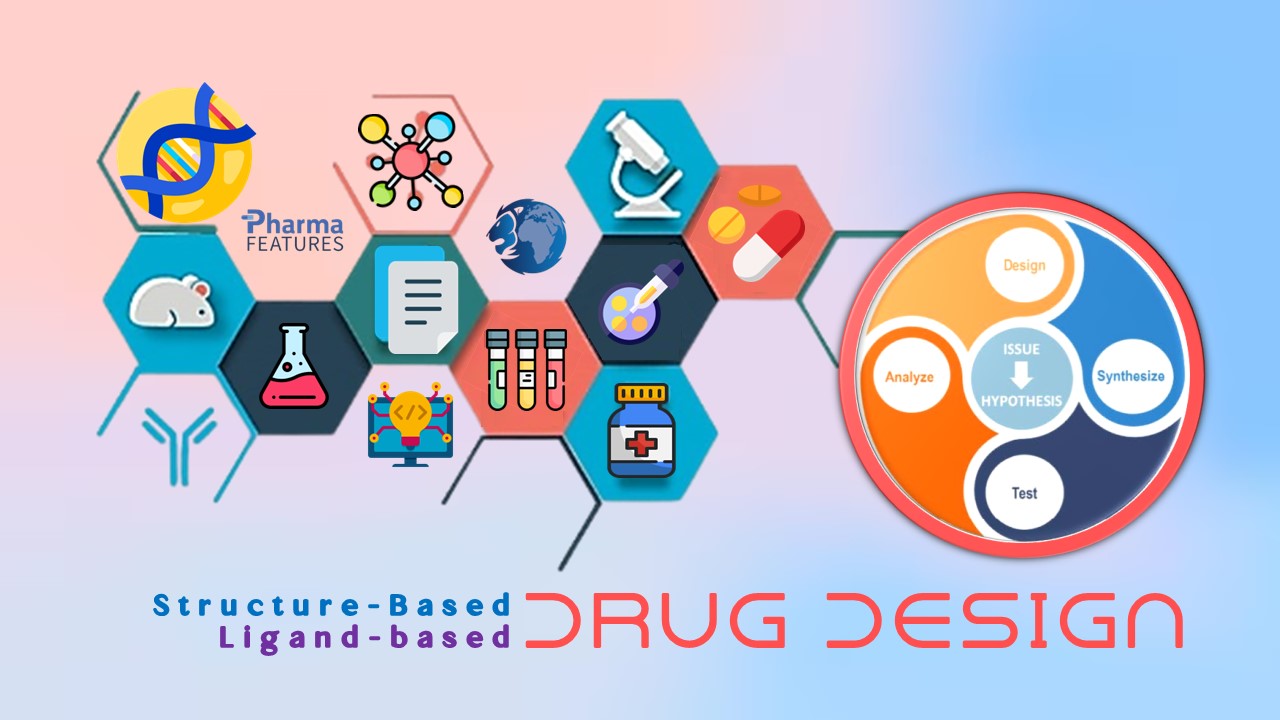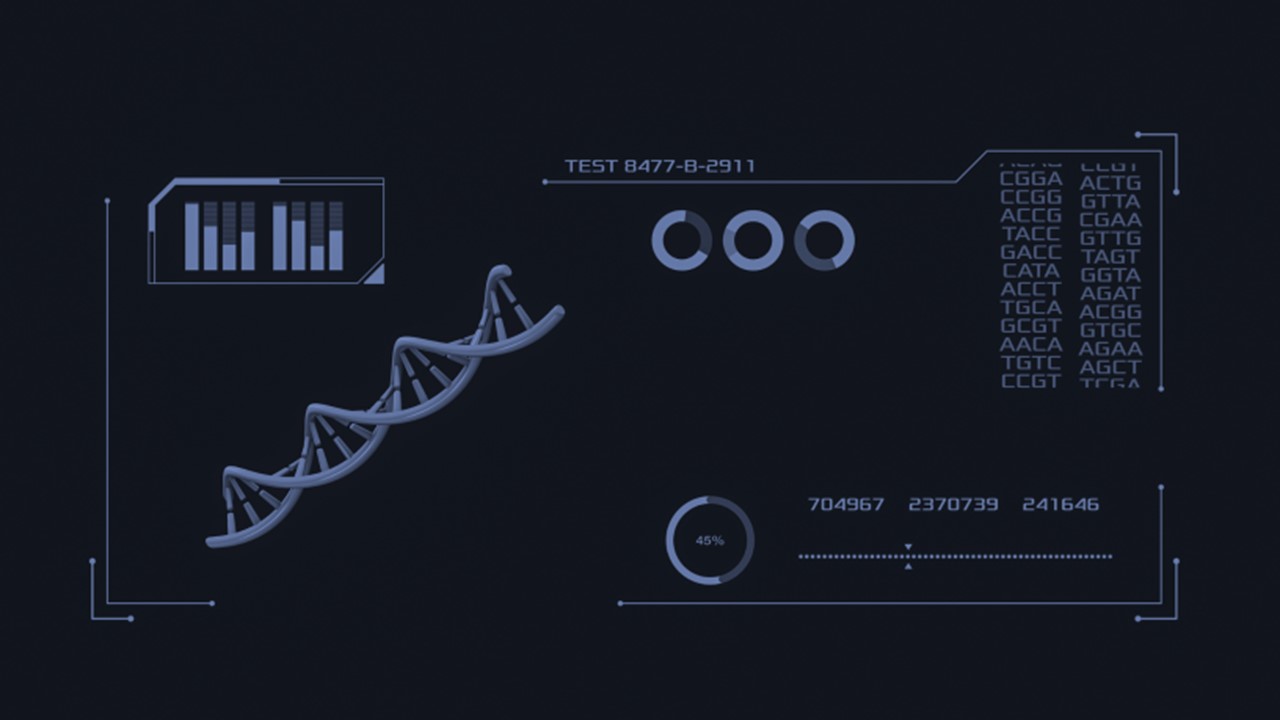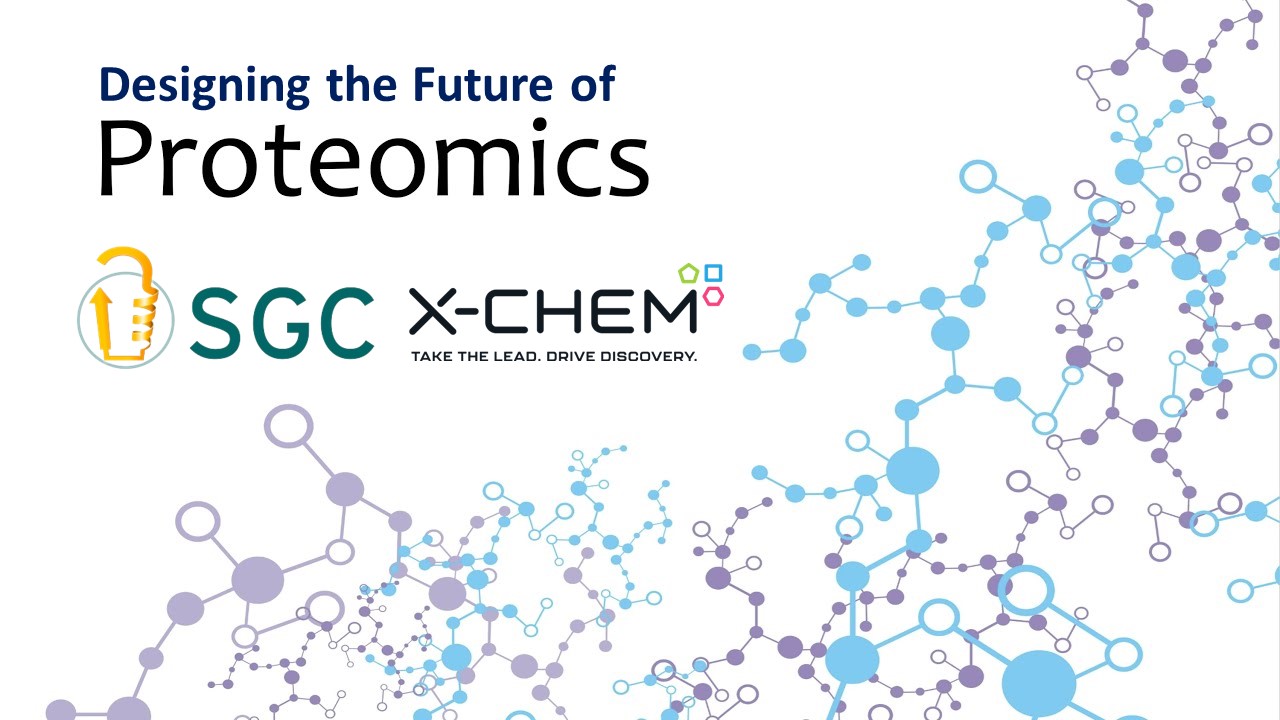Decoding Proteomics: Unraveling the Intricacies of Multi-Omics Analyses
Navigating the Interactome, Proteome, and Transcriptome Discrepancy
The intricacies of the interactome, proteome, and transcriptome have long intrigued scientists, paving the way for comprehensive multiomics analyses. The disparities between these molecular layers arise from a complex interplay of factors, including post-transcriptional regulation, post-translational modification, protein degradation, and environmental stimuli. Understanding these discrepancies is crucial for unraveling the molecular mechanisms and functions of biological systems, as well as identifying biomarkers and therapeutic targets for diseases linked to protein complexity.
Proteome, Phosphoproteome, and Ubiquitinome Insights
Proteomics, with its subsets like phosphoproteomics and ubiquitinome analysis, emerges as a cornerstone in decoding the language of cellular processes. Proteome exploration delves into proteins’ identity, expression levels, and modifications, offering valuable insights for diseases such as cancer, where protein dysregulation is prevalent. Phosphoproteomics, focusing on phosphorylated proteins, aids in understanding cellular signaling and serves as a key regulator for drug development. Simultaneously, the ubiquitinome, encompassing proteins modified by ubiquitin molecules, provides a dynamic lens into cellular pathways and holds potential for novel therapeutic strategies.
Glycoproteome: Unraveling the Sweet Symphony of Biological Processes
Glycoproteome analysis, shedding light on proteins modified by glycans, reveals a sweet symphony of biological functions. With implications in cell signaling, immune response, and diseases like cancer, glycoproteome analysis has become a powerful diagnostic and therapeutic tool. By identifying glycoproteins and their glycosylation sites, this approach unveils biomarkers reflecting disease progression or treatment responses, especially in conditions like cancer, diabetes, Alzheimer’s, and infectious diseases.
Acetylome Analysis: Deciphering the Language of Protein Acetylation
The world of post-translational modifications extends to protein acetylation, a nuanced language that influences protein structure, function, and interactions. Acetylome analysis, employing mass spectrometry, delves into protein acetylation’s global patterns and dynamics. By understanding the abundance, distribution, and functional roles of lysine acetylation, researchers can unravel disease pathogenesis and progression, opening avenues for targeted therapies.
Navigating the Interconnected Web: The Significance of the Interactome
Interactome: Illuminating Molecular Interactions for Therapeutic Insights
The interactome, showcasing molecular interactions within a cell, emerges as a powerful tool for understanding cellular mechanisms and diseases. Beyond proteins, it encompasses genetic interactions, providing a holistic view of cellular functions. Utilizing the interactome for drug discovery, as exemplified in Alzheimer’s disease research, unveils biomarkers and signatures associated with specific conditions, paving the way for targeted therapeutic interventions.
Multiomics Integration: A Symphony of Molecular Insights
Harmonizing the Omics Orchestra
To bridge the gap between interactome, proteome, and transcriptome discrepancies, scientists turn to the symphony of multiomics approaches. Integrating data from diverse biological molecules — DNA, RNA, proteins, and metabolites — promises a deeper understanding of diseases and drug responses. From unraveling posttranscriptional regulations to identifying therapeutic targets, multi-omics integration is a beacon of hope in the quest for innovative and effective therapies.
Challenges on the Horizon: Navigating Data Heterogeneity and Ethical Frontiers
Yet, the path to multiomics enlightenment is not without challenges. Data heterogeneity, integration complexities, and ethical considerations loom large. Phenonaut 1.3, a recent software, strives to enhance data auditability, addressing transparency issues. Ethical concerns surrounding privacy, consent, and data misuse underscore the importance of a balanced approach that safeguards scientific progress while respecting individual rights.
Quality and Validity: Rigorously Ensuring the Credibility of Multiomics Data
The reliability of multiomics data hinges on rigorous practices. Addressing sources of error, bias, and uncertainty requires adherence to best practices and guidelines. From data generation to evaluation, adopting robust methodologies and ensuring independent verification and validation are paramount for maintaining the quality and validity of multi-omics insights.
Equity in Knowledge: Striving for Fairness in Multiomics Data Utilization
Multiomics data, laden with scientific, clinical, and economic potential, must be disseminated equitably. Balancing accessibility, acknowledging diverse stakeholders, and fostering collaboration are essential. Establishing policies for fair data sharing and use ensures that the benefits of multiomics discoveries are shared across the scientific community and society.
Concluding Crescendo
The Promise and Challenge: A Dynamic Landscape of Discovery
In the grand symphony of multiomics integration, proteome complexity emerges as both the promise and challenge. From phosphoproteome dynamics to glycoproteome intricacies, decoding the language of cellular processes requires meticulous analysis and innovative approaches. As research advances, addressing challenges and embracing ethical considerations will be vital, ensuring that the symphony of multiomics continues to unravel the mysteries of diseases and guide the development of transformative therapies.
Study DOI: 10.3390/proteomes11040034
Engr. Dex Marco Tiu Guibelondo, B.Sc. Pharm, R.Ph., B.Sc. CpE
Editor-in-Chief, PharmaFEATURES

Subscribe
to get our
LATEST NEWS
Related Posts

Bioinformatics & Multiomics
Harnessing Computational Ingenuity for Tomorrow’s Therapeutics
Leverage computational power to navigate modern drug design.

Bioinformatics & Multiomics
Exploring Cutting-Edge Techniques in Protein Target Identification
From genetic screens in model organisms to chemical proteomics in mammalian systems, each approach offers unique insights into the complex landscape of drug-target interactions.
Read More Articles
Synthetic Chemistry’s Potential in Deciphering Antimicrobial Peptides
The saga of antimicrobial peptides unfolds as a testament to scientific ingenuity and therapeutic resilience.












